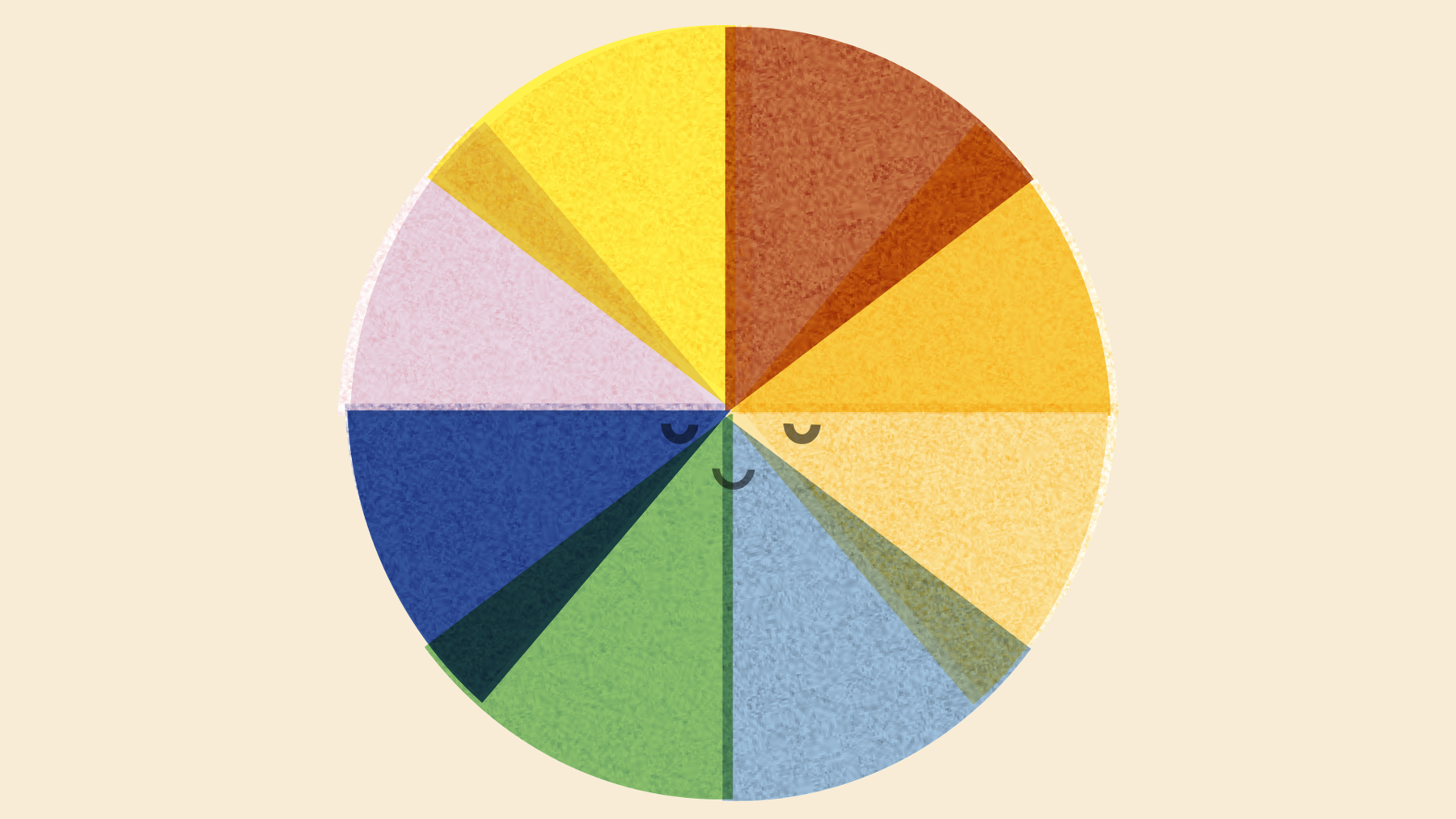How to handle challenging behaviour
It’s difficult for anyone to be ‘well behaved’ 100% of the time, but particularly tough when we’re stuck inside with each other all day long. Knowing that for some young people, tempers can fray quite quickly, we spoke to authors and educators Paul Dix and Noël Janis-Norton to get their thoughts on how families can help to promote positive behaviour.

What’s challenging behaviour?
Firstly, the term ‘distressed behaviour’ could be used instead. Challenging behaviour makes the behaviour about the difficulty it places on the adults, while distressed behaviour changes the narrative to focusing instead on the source of the behaviour: the child’s distress. The behaviour ranges across various forms of disruptive or anti-social behaviours, such as physical or verbal abuse, or anything else that presents challenges for an adult (and the child too).
Why does distressed behaviour happen?
There’s no ‘one cause fits all’ for distress, but the biggest reasons are the most obvious ones: fear, pain or anxiety. If a young person feels afraid, experiences a lot of change, or is being bullied (whether in person or online), then they’ll very quickly become uncomfortable and eventually display this in their behaviour.
Beyond the more obvious causes, a lot of challenging behaviour comes from simple curiosity or boredom. All behaviour’s communication; trying to understand the source of the behaviour can help in trying to lessen their distress.
How can families promote positive behaviour in young people?
Use descriptive praise and reflective listening. Instead of criticising their behaviour, try to point out specific parts of their behaviour that you want them to keep doing, such as ‘You didn’t interrupt me,’ or ‘You were really calm today’.
Reflective listening has two simple steps: try to understand how your child’s feeling, then speak to them about your understanding of their feelings. This’ll let them feel heard, help them to reflect more deeply on their feelings, and can even strengthen your relationship.
What reactions could inadvertently escalate a situation?
Tutting, eye rolling, crossing your arms, letting your child know ‘You’ve made me upset or angry’ – anything that displays your own emotions while ignoring the young person’s can be a bad idea. Your own feelings are (unfortunately) irrelevant to the situation, so as hard as it can be, try to stay neutral. It’ll be easier than trying to pick up the pieces if things go wrong.
How might our own life experiences affect how we react to distressed behaviour?
Massively. It’s healthy to be aware that everyone, yourself included, has unconscious biases. When you look at national statistics, for example, more boys than girls are excluded from school: behaviour in boys tends to be louder and more boisterous than behaviour in girls, who can behave just as ‘badly’, so to speak, but less obviously and prominently than boys. It’s easy to focus on the more obvious behaviour, but not always helpful.
This example focuses on gender biases, but unconscious biases can be specific to specific types of behaviour also; some adults might overreact to being interrupted but remain calm if their children are having a fight between themselves. It’s important to catch these and try to minimise them.
What reactions can help to de-escalate a situation?
One effective strategy is to speak calmly, away from everyone else, and ask your child, ‘What’s going on?’ This avoids passing judgement and shows you’re interested in finding out what they’re struggling with. You could also ask them, ‘How can we move on?’ Most young people are aware of appropriate natural consequences or ways they can restore, rebuild or repair relationships following their actions – they might suggest apologising or cleaning up a mess they made.
Four useful steps in de-escalation:
- Move nearer to your child; sometimes by simply being closer, they’ll relax their behaviour.
- Instruct them to do what you want them to do instead of what you want them to stop doing, ending the instruction with a ‘please’. Try to avoid repeating yourself.
- Either remove an object if that’s the source of the disruption or remove your child from the situation by taking them to the side and allowing them to calm down.
- When they’ve calmed down, however long it takes, bring up what happened and encourage them to talk about it.
What are the best strategies to use after an incident of very distressed behaviour?
Remain calm, acknowledge your child’s distress and try to come with a nice or useful activity for them to do, like helping to make dinner. Make time to ‘check-in’ with them later on; this can help to make sure they know you’re not holding their behaviour against them. This also offers them a chance to move on and have a fresh start – we don’t know how long the current situation will last, so it’s better not to hold onto any negative feelings if you can.
Paul Dix is a best-selling author and educator who focuses on behaviour, and is the director of behaviour specialists Pivotal Education. His latest book, When the Adults Change, Everything Changes, is available in bookshops and online.
Noël Janis-Norton is a best-selling author, educator and big fan of Scouts, who focuses on behaviour. She is also the global director of Calmer, Easier, Happier Parenting and Teaching. Her latest book, Calmer Easier Happier Screen Time, is available in bookshops and online.